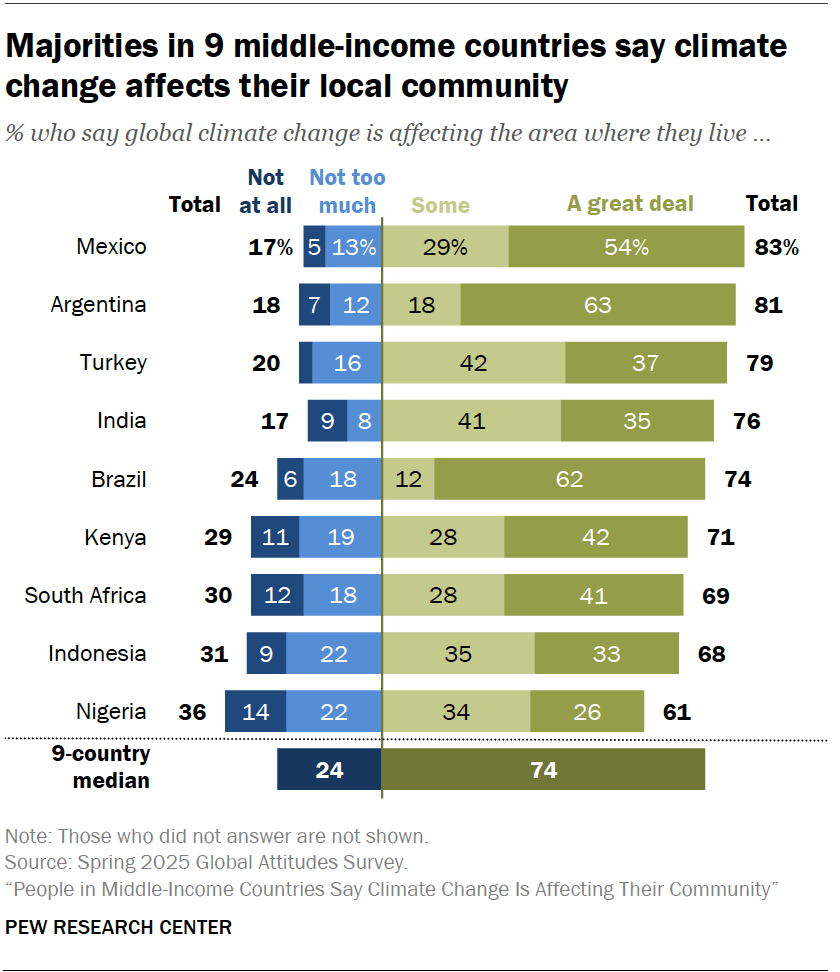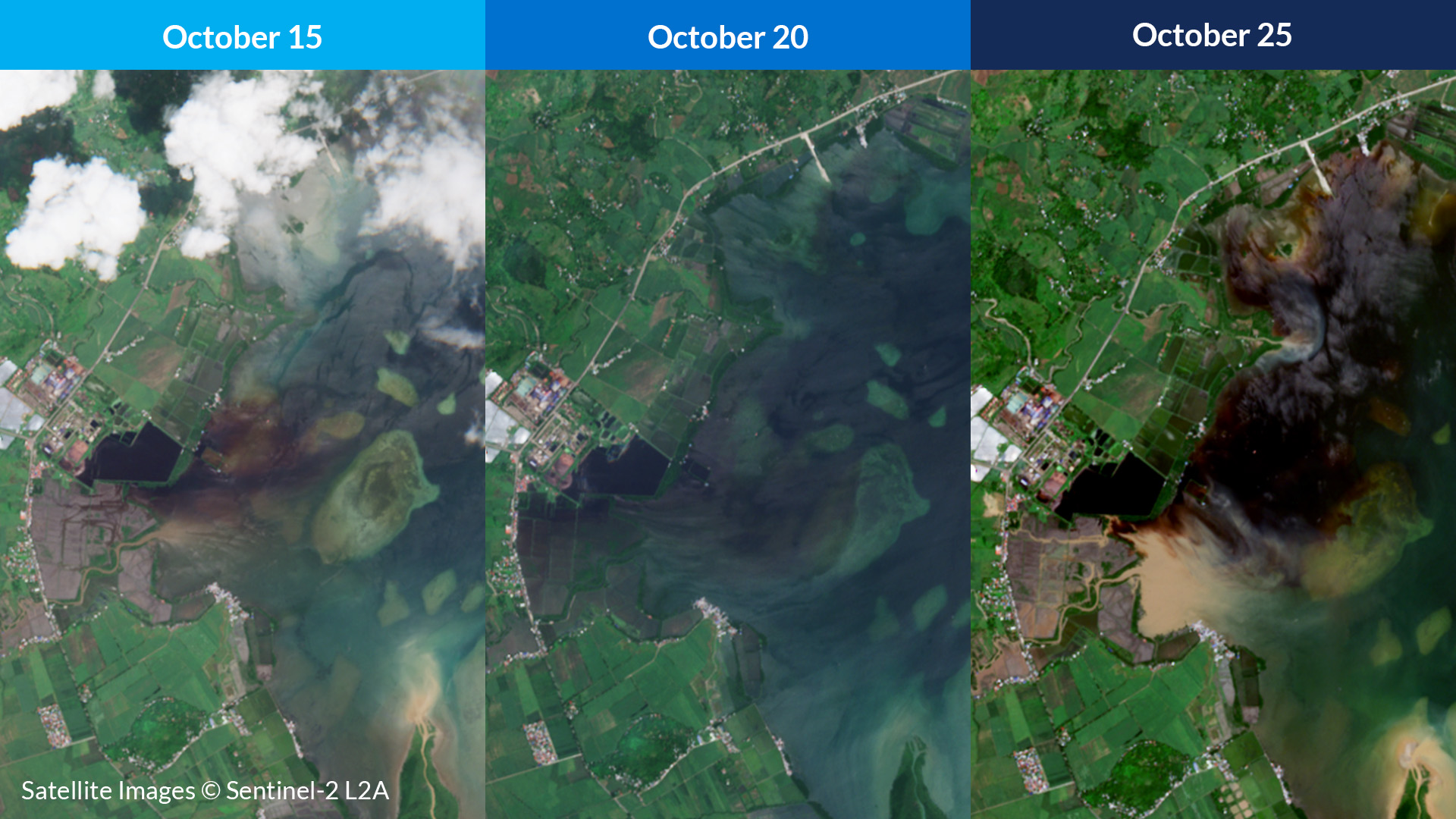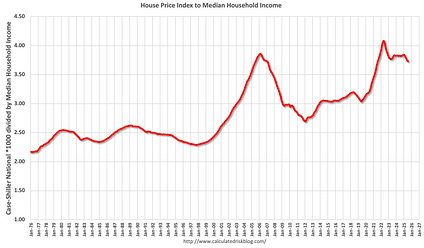Livingstone hosts drive for data-powered social protection systems – United Nations Economic Commission for Africa

Report on the Interregional Workshop on Strengthening Social Protection Systems
Livingstone, Zambia – 9 July 2025
An interregional workshop convened policymakers from Africa, Asia, and the Pacific in Livingstone, Zambia, from 8-10 July. The primary objective was to strengthen data, financing, and delivery models for social protection systems, making them more inclusive and resilient. This initiative directly addresses the imperative to achieve key Sustainable Development Goals (SDGs), particularly in the face of overlapping global crises.
The Imperative for Social Protection: Addressing SDG 1 and SDG 10
The workshop highlighted the critical gaps in social protection coverage, which represent a significant barrier to achieving SDG 1 (No Poverty) and SDG 10 (Reduced Inequalities).
Global and Regional Coverage Deficits
- Globally, 3.8 billion people, nearly half the world’s population, lack any form of social protection.
- In low- and middle-income countries, approximately 2 billion people remain either uncovered or only partially supported.
- In Africa, coverage is exceptionally low, with only 19 per cent of the population receiving at least one social protection benefit.
In Zambia, where nearly half the population experiences multidimensional poverty, expanding these systems is an urgent national priority aligned with the 2030 Agenda.
A Partnership for the Goals: Fostering Collaboration under SDG 17
The three-day workshop exemplifies SDG 17 (Partnerships for the Goals), being co-hosted by the Government of Zambia, the United Nations Department of Economic and Social Affairs (UNDESA), the Economic Commission for Africa (ECA), and the Economic and Social Commission for Asia and the Pacific (ESCAP).
A Joint Initiative for Systemic Change (2024–2027)
The event is part of a broader joint initiative designed to build more responsive and inclusive social protection systems. The project targets six countries:
- Zambia
- Senegal
- Tanzania
- Namibia
- Cambodia
- The Maldives
The initiative aims to equip policymakers with evidence-based tools and peer-learning platforms to improve policy targeting and adapt to complex challenges, thereby strengthening institutional capacity in line with SDG 16 (Peace, Justice and Strong Institutions).
Leveraging Data and Innovation to Accelerate SDG Progress
A central theme of the workshop was the application of digital platforms and advanced analytics to enhance the effectiveness of social protection, a critical enabler for the SDGs.
Key Tools for Evidence-Based Policymaking
- Multidimensional Poverty Index (MPI): To improve the targeting of interventions and directly address the complexities of SDG 1.
- OpenIMIS Digital Registries: To enhance the efficiency and scale of service delivery.
- Simulation Models: To develop adaptive financing mechanisms that can respond to shocks.
As noted by Amson Sibanda, Chief of UNDESA’s National Strategies and Capacity Building Branch, “Universal social protection includes policies that bridge human capital formation, financial, and information gaps… they need to be grounded in solid data and delivered at scale.”
The ECA Multidimensional Poverty Dashboard
A new prototype tool introduced by the ECA, the Multidimensional Poverty Dashboard, aims to provide a more dynamic understanding of vulnerability. The platform integrates:
- Subnational multidimensional poverty statistics (SDG 1).
- Real-time crisis indicators, including migration, population shifts, and peace and security data (SDG 16).
- Linkages to local-level social spending and programmes.
Christian Oldiges, Chief of the Social Policy Section at ECA, emphasized that this integration is “critical if we want social protection systems that are responsive, not just reactive.”
Future Directions: Aligning with Global Development Agendas
Discussions revealed a consensus among participating nations to transition from short-term safety nets to long-term, resilient systems that expand opportunity and withstand shocks. The workshop’s outcomes will inform preparations for the Second World Summit for Social Development and the implementation of the Pact for the Future, which advocates for stronger, rights-based social protection systems. The Livingstone workshop serves as a vital platform for forging the partnerships and sharpening the policy tools required to deliver on the promise of the Sustainable Development Goals.
SDGs Addressed in the Article
- SDG 1: No Poverty
- SDG 10: Reduced Inequalities
- SDG 17: Partnerships for the Goals
Specific SDG Targets Identified
-
SDG 1: No Poverty
- Target 1.2: By 2030, reduce at least by half the proportion of men, women and children of all ages living in poverty in all its dimensions according to national definitions.
The article directly addresses this by highlighting that in Zambia, “nearly half the population lives in multidimensional poverty.” It also discusses the introduction of tools like the “Multidimensional Poverty Index (MPI)” and ECA’s “prototype Multidimensional Poverty Dashboard” designed to link poverty statistics with crisis indicators, which are essential for tackling multidimensional poverty. - Target 1.3: Implement nationally appropriate social protection systems and measures for all, including floors, and by 2030 achieve substantial coverage of the poor and the vulnerable.
This is the central theme of the article. It states that the workshop’s purpose is to explore how to make “social protection systems more inclusive and resilient.” It explicitly mentions the lack of coverage, noting that “Nearly half the world’s population… lack access to any form of social protection” and that coverage in Africa is only 19%. The joint initiative aims to help six countries build these systems.
- Target 1.2: By 2030, reduce at least by half the proportion of men, women and children of all ages living in poverty in all its dimensions according to national definitions.
-
SDG 10: Reduced Inequalities
- Target 10.4: Adopt policies, especially fiscal, wage and social protection policies, and progressively achieve greater equality.
The article discusses the need to respond to “widening inequalities” through the implementation of “more inclusive social protection systems.” The entire initiative described, focusing on strengthening social protection, is a direct effort to adopt policies that can lead to greater equality by providing a safety net for the most vulnerable populations.
- Target 10.4: Adopt policies, especially fiscal, wage and social protection policies, and progressively achieve greater equality.
-
SDG 17: Partnerships for the Goals
- Target 17.9: Enhance international support for implementing effective and targeted capacity-building in developing countries to support national plans to implement all the sustainable development goals.
The article describes a joint initiative (2024–2027) designed to help six countries. It “aims to equip policymakers with evidence-based tools, training, and peer-learning platforms to improve policy targeting.” This is a clear example of targeted capacity-building to support national plans for social protection. - Target 17.16: Enhance the global partnership for sustainable development, complemented by multi-stakeholder partnerships that mobilize and share knowledge, expertise, technology and financial resources.
The workshop itself is a multi-stakeholder partnership, “co-hosted by the Government of Zambia, the United Nations Department of Economic and Social Affairs (UNDESA), the Economic Commission for Africa (ECA), and the Economic and Social Commission for Asia and the Pacific (ESCAP).” The article emphasizes that the meeting is an opportunity “to learn from each other, and to forge new partnerships.” - Target 17.18: By 2020, enhance capacity-building support to developing countries… to increase significantly the availability of high-quality, timely and reliable data.
A key issue identified is “persistent data gaps.” The workshop addresses this by focusing on “digital platforms and analytics tools that can improve targeting and delivery of services,” such as “OpenIMIS digital registries” and the “Multidimensional Poverty Dashboard.” These tools are designed to improve the availability and use of reliable data for policymaking.
- Target 17.9: Enhance international support for implementing effective and targeted capacity-building in developing countries to support national plans to implement all the sustainable development goals.
Indicators for Measuring Progress
-
For Target 1.2 (Reduce multidimensional poverty)
- Indicator 1.2.2: Proportion of men, women and children of all ages living in poverty in all its dimensions according to national definitions.
The article implies this indicator by stating, “In Zambia, where nearly half the population lives in multidimensional poverty.” The development of the “Multidimensional Poverty Dashboard” is a tool specifically designed to measure and track this indicator at a subnational level.
- Indicator 1.2.2: Proportion of men, women and children of all ages living in poverty in all its dimensions according to national definitions.
-
For Target 1.3 (Implement social protection systems)
- Indicator 1.3.1: Proportion of population covered by social protection floors/systems.
The article provides specific data points for this indicator: “Nearly half the world’s population, about 3.8 billion people, lack access to any form of social protection,” and “In Africa, where just 19 per cent of people receive at least one benefit.” These figures serve as a baseline to measure progress.
- Indicator 1.3.1: Proportion of population covered by social protection floors/systems.
-
For Target 17.18 (Enhance data availability)
- Implied Indicator: Existence and use of integrated data systems for social policy.
While not a formal UN indicator, the article implies progress can be measured by the development and adoption of the tools it mentions. The creation of the “Multidimensional Poverty Dashboard” that “links poverty statistics at the subnational level with real-time crisis indicators” and the use of “OpenIMIS digital registries” are concrete measures of improved data capacity and availability.
- Implied Indicator: Existence and use of integrated data systems for social policy.
Summary of SDGs, Targets, and Indicators
| SDGs | Targets | Indicators |
|---|---|---|
| SDG 1: No Poverty | 1.2: Reduce at least by half the proportion of people living in poverty in all its dimensions.
1.3: Implement nationally appropriate social protection systems for all. |
1.2.2: Proportion of the population living in multidimensional poverty (e.g., “nearly half the population” in Zambia).
1.3.1: Proportion of population covered by social protection systems (e.g., “19 per cent of people” in Africa receive at least one benefit). |
| SDG 10: Reduced Inequalities | 10.4: Adopt policies, especially social protection policies, to achieve greater equality. | The implementation of “more inclusive and resilient” social protection systems in the six project countries serves as a qualitative indicator of adopting such policies. |
| SDG 17: Partnerships for the Goals | 17.9: Enhance international support for capacity-building in developing countries.
17.16: Enhance the global partnership for sustainable development through multi-stakeholder partnerships. 17.18: Enhance capacity-building support to increase the availability of high-quality, timely, and reliable data. |
The joint initiative providing “evidence-based tools, training, and peer-learning platforms” to six countries.
The existence of the interregional workshop co-hosted by the Government of Zambia, UNDESA, ECA, and ESCAP. The development and introduction of data tools like the “Multidimensional Poverty Dashboard” and “OpenIMIS digital registries” to address “persistent data gaps.” |
Source: uneca.org

What is Your Reaction?
 Like
0
Like
0
 Dislike
0
Dislike
0
 Love
0
Love
0
 Funny
0
Funny
0
 Angry
0
Angry
0
 Sad
0
Sad
0
 Wow
0
Wow
0














































































